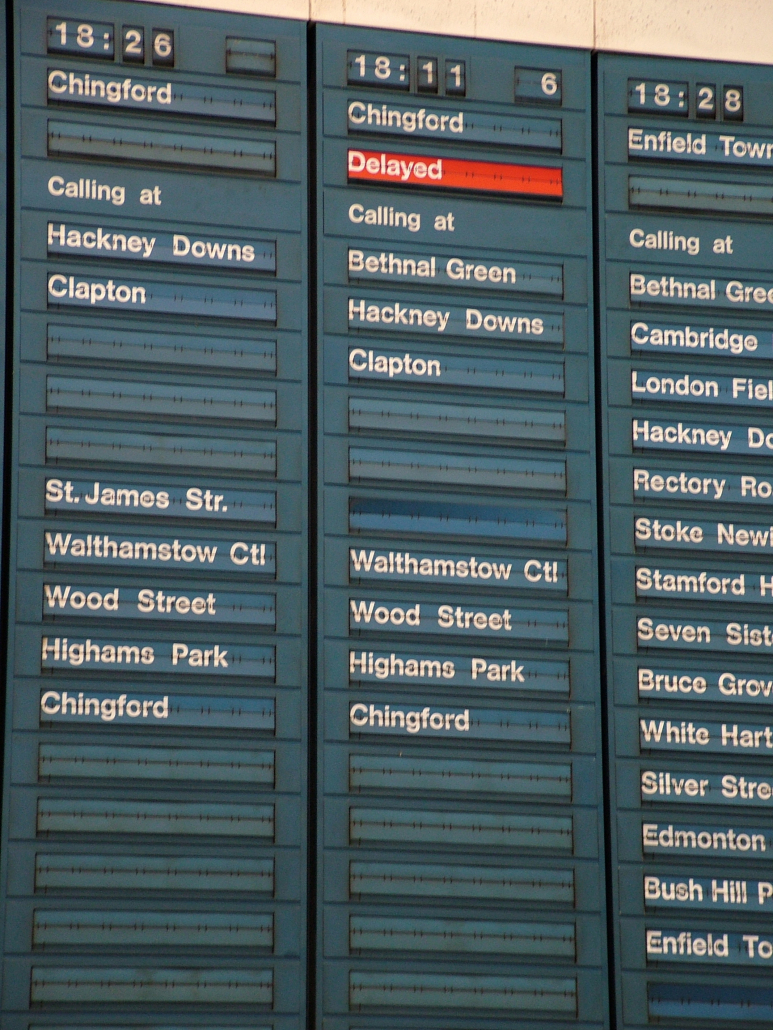Due to the coronavirus pandemic
the government has changed the rules for landlords wanting to obtain possession
of their property. In most cases this has made the process longer and more complicated.
The steps that need to be followed are detailed below.
Stage 1 – Negotiation
Whilst not essential, there is an expectation that
landlords will have tried to resolve any disputes with their tenants before
taking any more formal steps. The situation that the government are wanting to
avoid is that of tenants being evicted for rent arrears when the reason the
tenant cannot pay their rent is due to having lost their job for a
coronavirus-related reason. It will be seen in Stage 3 (below) that in the
application for possession the landlord must say how the pandemic has affected
the tenant and therefore best to have this conversation with the tenant at an
early stage.
Stage 2 – Notice
The notice period that must be given to tenants has changed
significantly in that if a landlord is giving notice to their tenant between 29.8.20
to at least 31.3.21 (this date may be extended depending how the pandemic
progresses) they must give at least 6 months’ notice for most grounds. This includes
s.21 notices.
There are exceptions to this where in certain circumstances
a shorter notice period can be given and we can advise landlords regarding these.
Stage 3 – Court Application
Assuming the tenant has not vacated the premises after
being given notice, then on expiry of the notice period the landlord may apply
to the Court for possession. It is at this stage that the landlord has to file
evidence setting out what effect, if any, the coronavirus pandemic has had on
either the landlord or the tenant. It is for this reason that the negotiation
stage above should be the first step.
Should the tenant subsequently file a defence then the
landlord will receive a copy. However, with a s. 8 notice just because a tenant
does not file a defence does not mean that they will not turn up at the hearing
a Stage 5 and put forward a defence then.
Alternatively, if the application is based on a s.21 notice
and no defence is filed then possession should be ordered without the following
2 steps being necessary.
Stage 4 – Review Appointment
This is a new step in the procedure.
This is not a Court hearing as such because there will not
be a hearing in front of a judge. Instead, both the landlord and tenant will
attend (for the time being by telephone rather than physically at the Court)
with the expectation that they will try and negotiate a settlement.
The guidance states that there will be a duty legal advisor
scheme available for tenants at the Review Appointment to allow them be able to
obtain advice with the hope that this will assist settlement.
Stage 5 – Court Hearing
If a settlement cannot be reached at the Review then a date
will be set for a formal hearing before a Judge. This will take place a minimum
of 28 days after the Review.
At this hearing the Judge will either:
- Order
possession of the property; or
- Set
directions if further information/documentation is required because of matters
raised in the defence.
Stage 6 – Eviction
Once possession is ordered the tenant must vacate the
property by a certain date. However, if the tenant does not leave then the
landlord will then need to apply to evict the tenant by either:
- The
Court bailiff – this is the cheapest option, but generally rather slow; or
- A
High Court enforcement officer – this is considerably more expensive, but
usually quicker than the bailiff.
Reactivation Notice
If a landlord made an application for possession prior to
3.8.20 then they must issue a Reactivation Notice stating that they wish to
continue with the claim.
The process can be complicated and lengthy. Here at Waller
Needham & Green we have experts who can guide you through the process. For
more information or advice please contact Nick Robertshaw from our
Dispute Resolution department on 01733 262182 or bretton@wngsolicitors.co.uk












